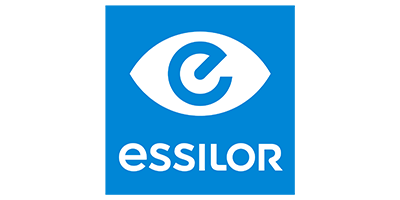
Sessão de Relato de Caso
Código
TL13
Área Técnica
Oftalmopediatria
Instituição onde foi realizado o trabalho
- Principal: Hospital de Olhos do Paraná
Autores
- THASSIA FERNANDA TADIOTTO (Interesse Comercial: NÃO)
- BARBARA STOFEL VENTORIN (Interesse Comercial: NÃO)
- LETICIA COSTA ALMEIDA MARIUZZO (Interesse Comercial: NÃO)
- AMANDA FROTA LACERDA MORAIS (Interesse Comercial: NÃO)
- CAMILLE CATARINA ARTUSO DE HUNGRIA (Interesse Comercial: NÃO)
- DAYANE CRISTINE ISSAHO (Interesse Comercial: NÃO)
Título
QUALITY OF LIFE IN CHILDREN WITH STRABISMUS
Objetivo
To evaluate the quality of life of children with strabismus through an adapted questionnaire and understand the consequences of strabismus in the functional and psychosocial aspects of the childhood.
Método
A semi structured interview (adaptation of AS-20 questionnaire) was conducted with parents or the legal responsible person of children aged between 3 and 13 years old attended at the public health care of Hospital de Olhos do Paraná, Curitiba, Brazil. A likert-scale of five points was used to measure the impact of strabismus in children, psychosocial and functional lifestyle. Our purpose was to assess patient interaction within social and school environments, sensory perception, and daily life limitations. This strategy aimed to simplify the understanding, make the questions’ answering easier, and allow fewer false-negative answers.
Resultado
97 children were included in the study. 61,4% of the children had esotropia (ET), while 35.9% had exotropia (XT). In each group, the magnitude of deviation was classified in smaller or greater than 30 prismatic diopters. When analyzing the functional and the psychosocial scores of the groups separated by the type of strabismus and magnitude of deviation, the average score of the ET group and the patients with larger deviations were worse. The correlation value between the psychosocial and functional scores was 0.656 (p <0.01).
Conclusão
Strabismus in childhood is associated with many functional and psychosocial negative effects. These consequences should be considered when deciding for surgical treatment on early ages. Treating strabismus may change positively how these children perceive themselves, resulting in benefits on quality of life from both the functional and psychosocial perspectives.
















